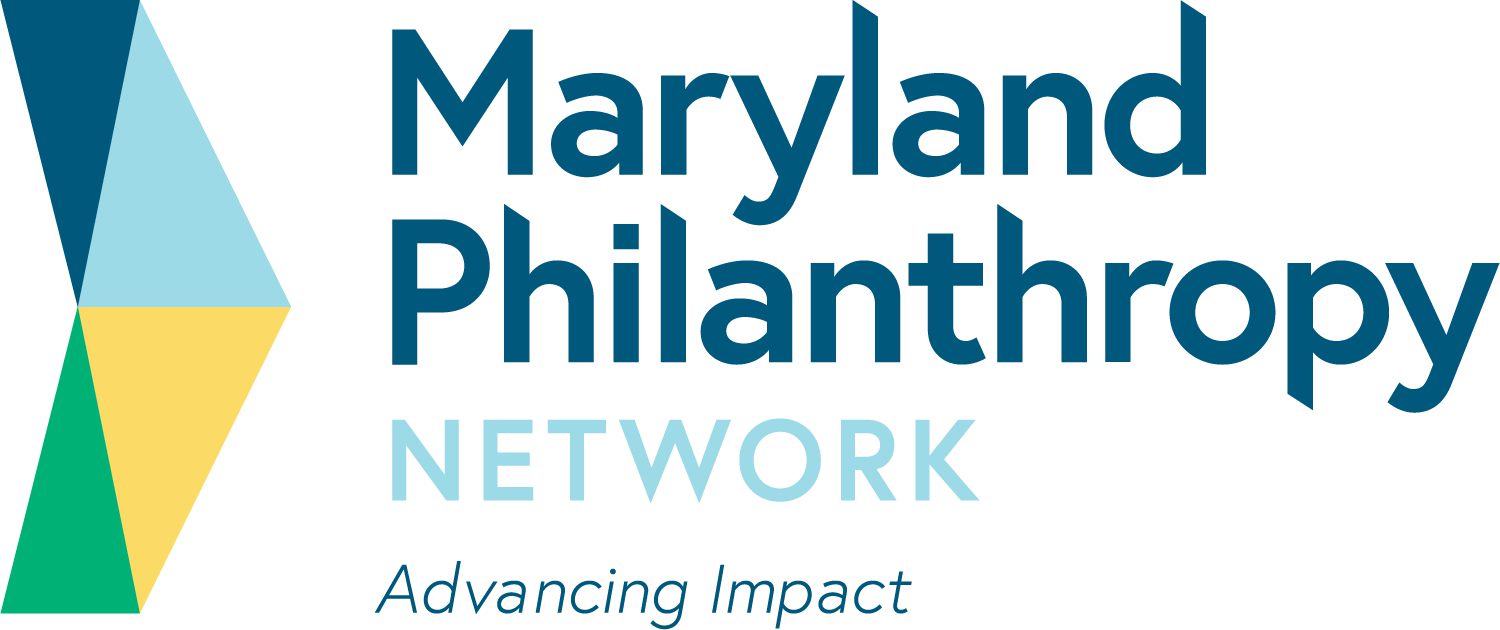AUTHOR CHALLENGES DONORS TO DO MORE THAN JUST GIVE
We have long said that philanthropy has more to contribute to improving community conditions than just dollars.
And at the Maryland Philanthropy Network’ Annual Meeting, Leslie Crutchfield, senior advisor at the nonprofit consulting group FSG and author of "Do More Than Give: the Six Practices of Donors Who Change the World,” challenged the audience with examples of donors doing just that.
The clout, connections, business know-how and political savvy that foundation leaders, business executives, and many individual donors possess are key resources in advancing causes. These are also resources that nonprofit organizations often lack.
Crutchfield encouraged us to see philanthropy as not being the business of "giving away money” but rather active participation in the business of social change and solving problems. The real goal is to have as much impact as possible, to "change the world.”
Along with her co-authors Mark Kramer and John Kania, Crutchfield’s experiences with nonprofits motivated her to write Do More Than Give. Her first book, "Forces for Good: The Six Practices of High-Impact Nonprofits” addressed how nonprofit and philanthropic leaders could achieve better outcomes if they focused on advancing larger causes and leveraging change through each sector of society — government, business, nonprofit organizations, and individuals.
In Do More Than Give, the authors note that the first step toward catalytic philanthropy is for donors to choose one or a few problems or causes to concentrate on and take responsibility for achieving results. Donors who pick a strategic focus are able to achieve more than donors who scatter their funding and attention across many disparate causes.
They encourage donors to embrace six characteristics that they believe distinguish philanthropies that solve problems and advance causes they care about.
- Practice 1 – Advocate for change: While uncomfortable for many donors, advocacy and policy lobbying efforts are necessary to achieve system-wide change. Funding nonprofit organizations that effectively combine service and advocacy can lead to this change.
- Practice 2 – Blend profit with purpose by tapping into the power of business as an engine for advancing the greater good. Consider dedicating a portion of an investment portfolio or endowment to mission-related investments or socially responsible companies.
- Practice 3 – Forge nonprofit peer networks, recognizing that individual nonprofit organizations and funders may miss achieving outcomes that collaborative efforts can produce.
- Practice 4 – Empower the people: Rather than treating individuals just as recipients of charity, recognize that they can be potent participants in the process of solving social issues.
- Practice 5 – Lead adaptively: Recognize that social problems are emergent, complex phenomena that require innovation and learning, and are not easily solved by making a grant or donation to a nonprofit organization.
- Practice 6 – Learn In Order To Change: Rather than relying on final reports, focus on what can be learned from a grantee’s progress for future improvement and invest in outcome-focused evaluations rather than tallying outputs like number of people served.
The book concludes with the recognition that while the charge may feel daunting, moving to impact isn’t an all or nothing proposition. What it does require is for donors to Do More Than Give.
FIND MORE BY:

